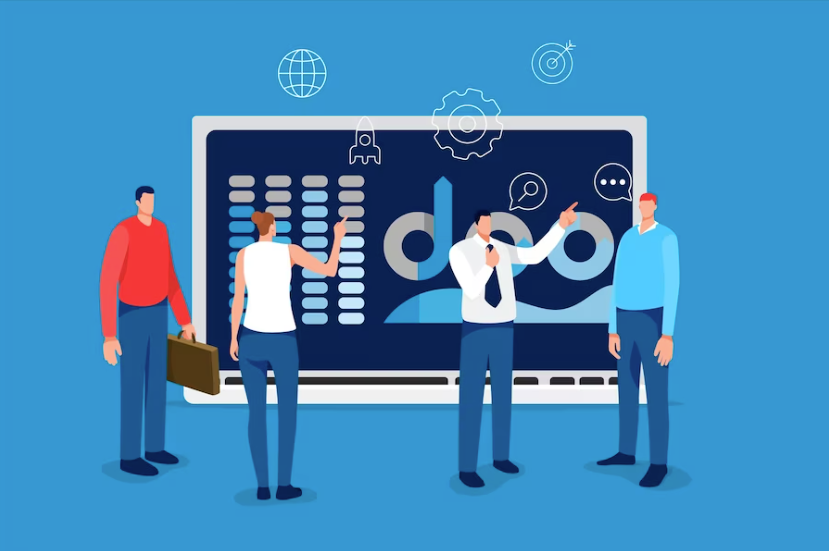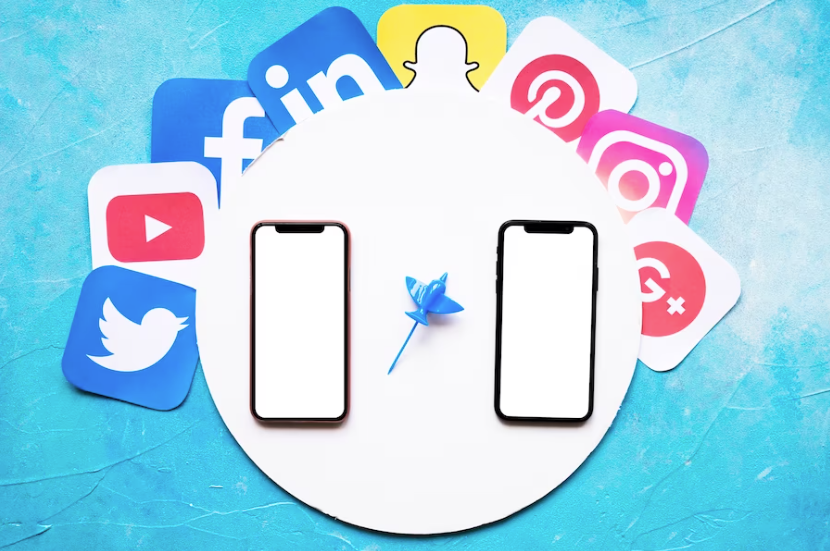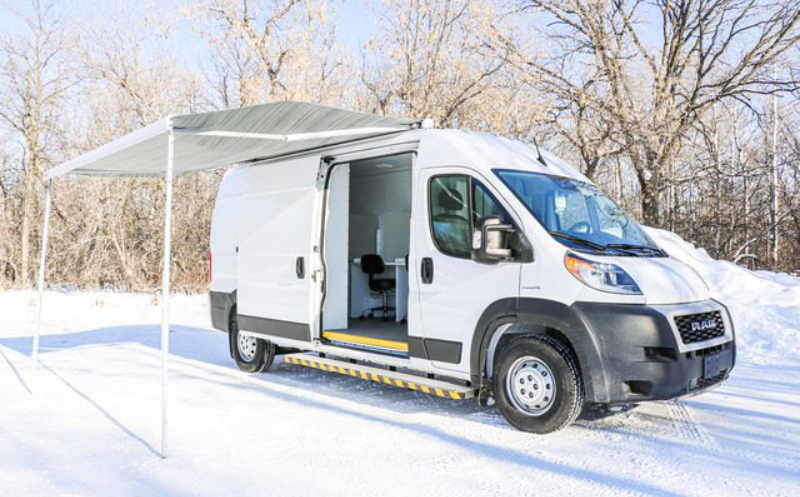When you’re in the market for a new technology solution, it’s important to compare all of your options before making a decision. Here are nine things to look for when comparing technology alternatives:
Ease of use
How easy is the technology to use? Is it intuitive, or do you need to spend a lot of time learning how to use it?
Features and functionality
What features and functionality does the technology offer? Is it comparable to the technology you’re currently using?
Compatibility
Is the technology compatible with your other systems and applications? Will it work with the devices you currently use?
Cost
What is the cost of the technology? Is it comparable to the other options you’re considering?
Support
What kind of support is available for the technology? Is there a support team available to help you with setup and troubleshooting?
Scalability
Can the technology grow with your business? Will it be able to handle increasing traffic and usage as your business grows?
Reliability
How reliable is the technology? Is it prone to crashing or bogging down under heavy load?
Size
How big is the technology? Is it bulky and takes up a lot of space, or is it compact and easy to store?
Ease of maintenance
How easy is the technology to maintain? Does it require frequent updates and patches, or is it relatively maintenance-free?
When considering a technology shift, there are a range of factors to take into account.
The following nine items are key considerations when evaluating different technology solutions.
Solution feasibility
Solution feasibility assesses how well the proposed solution aligns with the organisation’s business needs and technical environment. It also evaluates the resource requirements and timeframe necessary to deploy the solution.
Total cost of ownership
The total cost of ownership takes into account all costs associated with the technology solution, including licensing, implementation, maintenance and support.
Implementation and support costs
Implementation and support costs are important to consider, as they can be significant expenses over the life of the solution.
Ease of use
Ease of use is critical for ensuring user adoption and speeding up time to value. The solution should be intuitive and easy to navigate.
Compatibility
Compatibility is important when considering a technology shift, as the new solution must be compatible with the organisation’s existing infrastructure and systems.
Scalability
The solution should be able to accommodate future growth and changes in the organisation’s needs.
Security
Security is a key concern for many organisations, and the solution should include robust security features.
Compatibility with existing applications
The new solution should be able to work seamlessly with the organisation’s existing applications.
Support for the organisation’s business processes
The new technology should support the organisation’s business processes, and not require significant changes or customisation.
Conclusion
When selecting a technology solution, be sure to evaluate all your options and compare the features and benefits of each. Here are nine things to look for:
- Ease of use
- Compatibility with other systems
- Scalability
- Reliability
- Technical support
- Security
- Cost
- Flexibility
- Ability to meet future needs

Leif Serrano, a passionate content writer based in one of the vibrant cities of the United States. My journey in the realm of words has been nothing short of an exhilarating exploration, where every sentence is a step toward unraveling new ideas and perspectives.




